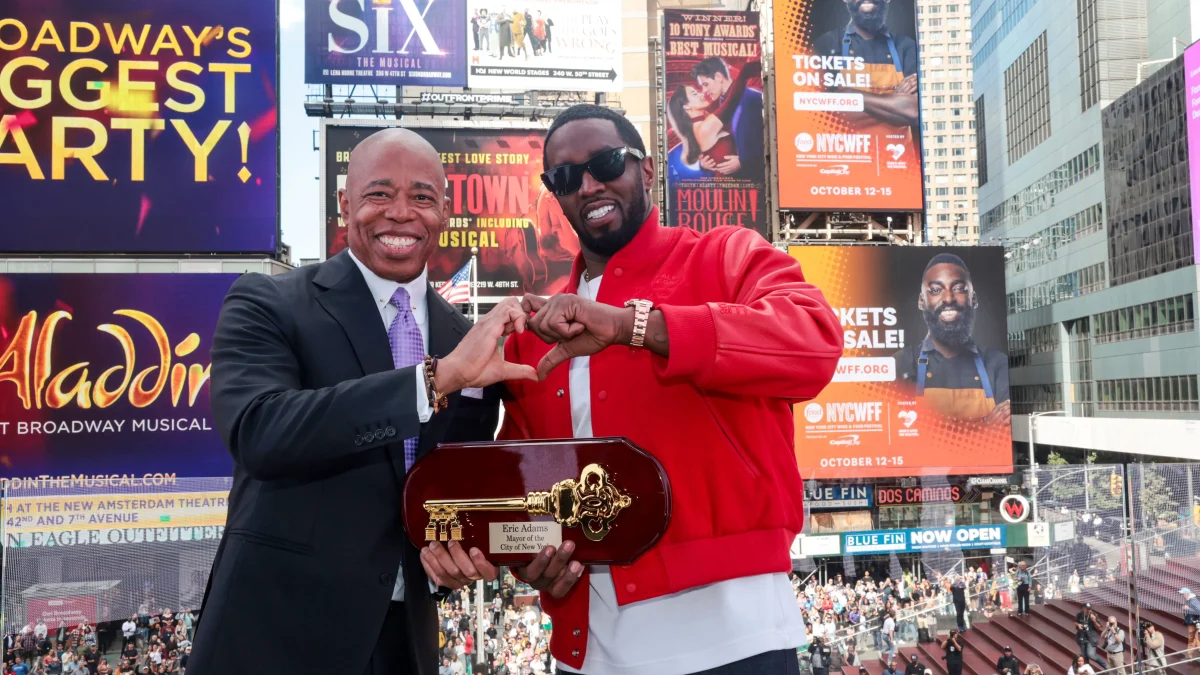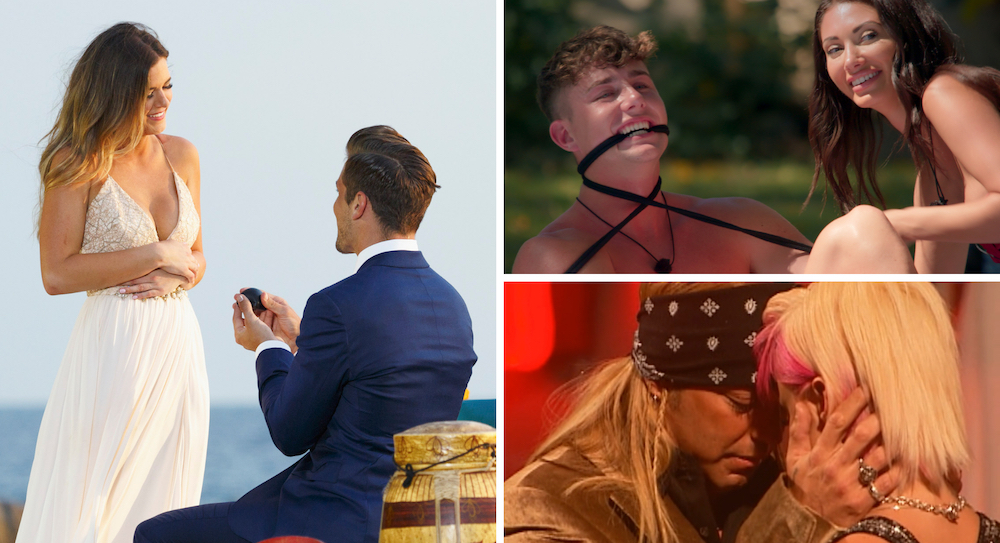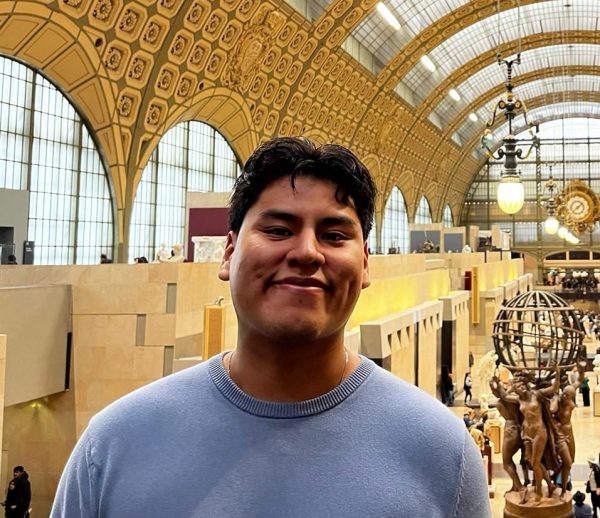On Sept. 15, 2023, under the heinously large LED lights of Times Square, Sean “Diddy” Combs was handed the key to New York City by Mayor Eric Adams. Only a year later, Combs was arrested by the NYPD in Midtown Manhattan and is currently awaiting trial after being charged with racketeering, sex trafficking and transportation to engage in prostitution.
A gargantuan fall from grace to say the very least.
With the musician’s legacy now forever tainted, and his antics protruding through the willingly naive bubble of public perception, I want to evaluate the notion of “separating the art from the artist.”
The process involved in separating the art from the artist requires us to differentiate our appreciation for an artist’s work from their actions, as it aims to test our capacity for moral accountability. It is up to us to see through our rose-colored lenses as we attempt to look through the smoke screen that fame provides for the artists who entertain us.
We, as intrinsically flawed beings, are all capable of making mistakes – some being more reprehensible than others. But as common folk, we assume little risk when we make mistakes, compared to famous artists whose reprehensible “mistakes” are popularized tenfold due to them being in a position that leaves them vulnerable to mass scrutiny. And at times, deservedly so.
Separating the art from the artist applies to all those who consider themselves “artists” or “creatives,” such as filmmakers, actors, musicians, etc. And odds are, some of your favorite artists are guilty of the most deplorable acts that human behavior has to offer.
Unfortunately, the more you research, the more disappointed you may find yourself becoming.
Woody Allen may have made “Annie Hall,” but also allegedly molested his adopted stepdaughter Dylan Farrow – and then proceeded to marry her years later. Charlie Chaplin may have made “The Great Dictator,” but also time and time again impregnated teenage girls, married them to avoid charges of statutory rape, and then repeatedly abused them.
Brad Pitt played iconic roles in “Fight Club” and “Moneyball,” but was also investigated by the FBI for allegedly beating and choking his children, as well as grabbing his then-wife Angeline Jolie by the head and violently shaking her on a flight. Danny Masterson was the reoccurring “Steven Hyde” in eight seasons of the beloved “That 70’s Show,” but is also currently facing 30 years to life in prison after being convicted of raping two women in 2003.
Chris Brown dominated the 2000s club scene during his surge to fame as an R&B/hip hop singer and songwriter, but in 2009 was responsible for hospitalizing his then-girlfriend Rihanna, and in the years since has been accused countless times for separate instances of sexual battery and gender violence. Kanye West has a discography that will be listened to for decades to come, but he is responsible for perpetrating anti-Semitic hate speech and calling slavery a “choice,” amongst a litany of other controversies.
The saddest part of all of this perhaps is that I am just scratching the surface of a list that could be endless if I were to include artists who are guilty of blatant racism, homophobia, transphobia, pedophilia, and many more of the problematic tendencies that seem to be seen as “lesser” when it comes to their ability to destroy an artist’s public image.
So, after considering all of the examples available to us, can we lodge our knowledge of an artist’s actions up to good PR teams or our selective ignorance?
This is where the dilemma of “separating the art from the artist” rears its ugly head: is our support of an artist’s art, synonymous with support for the malice of their actions? The ambiguity of anyone’s answer can be seen as troubling, but it doesn’t necessarily have to be. It can be argued that whatever these people do in their personal lives does not change their art; the entertainment value for the individual does not simply go away.
However, it can also be argued that our reluctance to acknowledge the actions of the artists we allocate our time to reflects on us and our values. By taking the artists who we consider to be worthy of our love and placing them on an exalted, morally-object pedestal – our ignorance essentially becomes an endorsement.
That being said, we have no choice but to reflect upon the question: where does our accountability go when our indulgence of certain art leads to money in the pockets of people who possess an “eccentric” level of evil festering in the fibers of their moral threading?
And what can we even do to fight against it other than not stream the music or watch the media that artists play a part in producing? Do we tell ourselves that it is our moral duty to stray away from their projects, or is it the lie we tell ourselves in an effort to claim back whatever “power” we would like to believe that we have?
The process of separating the art from the artist leads to what seems to be an ever-growing line of questioning that can only be individually answered – and perhaps that is where the true dilemma lies.





